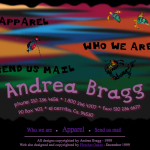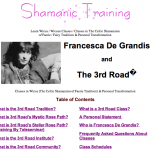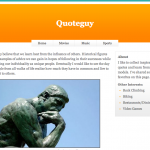7 year ago, I remember the exact moment when my dad called me to the living room, appalled by the images he witnessed on TV. Back then, as a politically apathetic teenager, I was unclear of what exactly caused the 7 July 2005 London bombings. In fact, it reminded me of the 911 attacks 4 years prior to the event – I was equally shocked, my mind bombarded with questions. For the next few days, our eyes were glued to the TV and computer.
The bombings on the London public transportation system were a series of coordinated suicide attacks by Islamist terrorists, whose main aim was to harm the civilians and to voice out discontentments towards the British government’s repression of Muslims. 52 people, as well as the 4 bombers, were killed and approximately 700 were injured. The video statement of one of the bombers can be accessed here.
Just like 911 or any other terrorists attacks, images and videos that defined media coverage came not from professional news crews but from everyday people. This drift did not happen overnight. Back in the 90s, the only videos that people contribute were home videos of weddings or babies eating. However, with the influx of camera phones, more and more people began capturing their daily lives through images and videos. Technology and the ease of citizen participation spurred on the emergence of new journalism, which allows for a depth of reporting that most newspaperman have never dreamed of. Commuters caught in the London bombings used their camera phones to take photos and videos that were picked up by mainstream media, and they were eventually relayed across the world. One of these videos can be seen here. This interesting eyewitness perspective and democratisation of the news process marked the true birth of citizenship journalism. Another critical point to note is that new journalism has the capacity to exploit the “time factor” in a better way than traditional methods of reporting. In unpredictable circumstances such as this, citizen contributions become an essential and timely source of information for mainstream media.
Back in July 2005, BBC fully tapped on the resources of citizens to aid in its reporting. The news website provided 24/7 coverage of the attacks and invited eyewitness to send in their own stories. According to BBC, the website received around “30 video clips from members of the public and more than 300 e-mails containing an average of three images each on the day of the attacks.” TV news channels, meanwhile, aired cellphone video footage within half an hour of the explosions. Also, many newspapers published cellphone images on their front pages the day after the attacks.
One interesting point to note is that most of these cellphone images and videos were not of a high quality. But that did not seem to matter, since the public was more concerned with minute facts than professional photography. Here is a gallery of some photos taken by eyewitnesses:
A phone can be used by terrorists to detonate a bomb, just like the Madrid train bombings of 2004. But remember that the same phone in your pocket can do so much more than just being a calling device. It can now be used as weapons against terrorists, by providing vital clues to criminal identities and event happenings.
Just a phone? Think again.
Skyler Guan Wang
42814111







